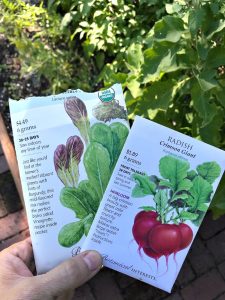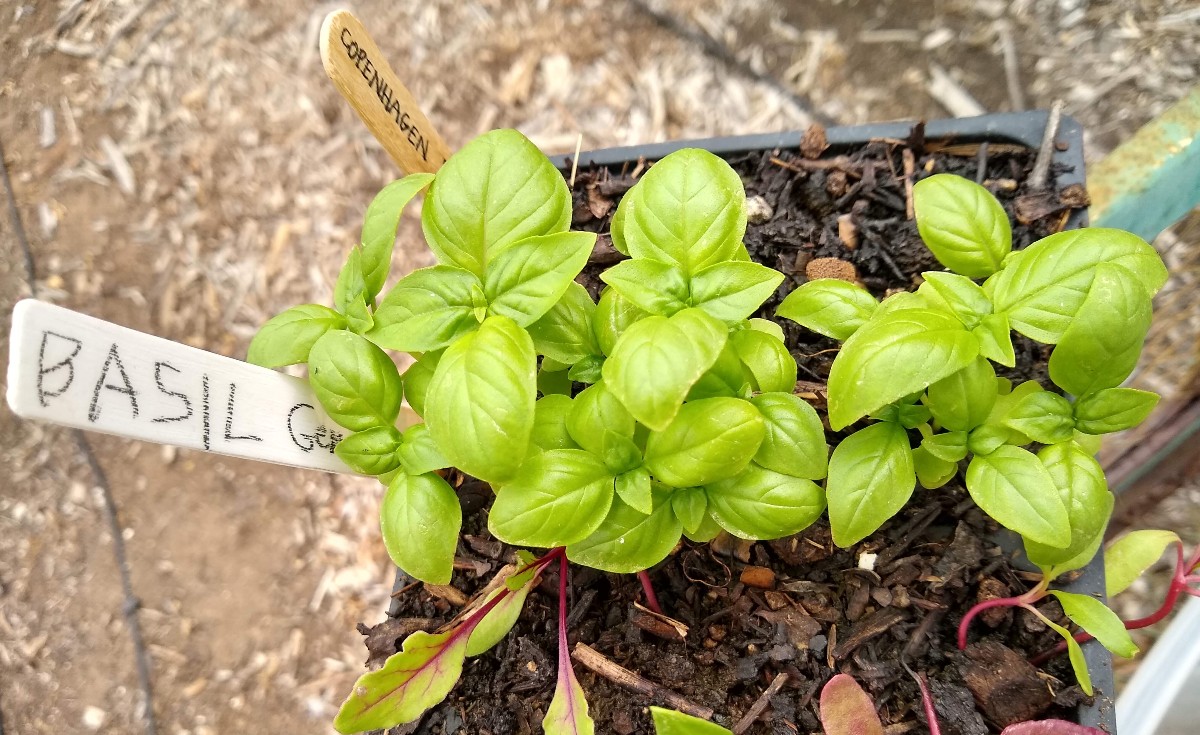
This will help the plants better recover from transplanting, which is always a bit of a shock to their system.Īnd from now on, water whenever the soil is dry to the touch. Now that your herb plants have room to grow, it’s time to consider how you’re going to care for them. Just pot them up (again, at a rate of one to three plants per pot) in soil, as above. As long as their roots still appear white and moist (not brown and dry), you can try “saving” them too. You’ll also see herbs all on their own in a plastic sleeve, without a pot, yet with a root system. Put the others back in their original pot… and use them up quickly. You probably don’t need 10 to 20 basil or coriander plants, though, so logically you could simply produce 2 or 3 pots (4-inch/10-cm pots would be appropriate), each containing from 1 to 3 plants. Obviously, you can use the thinnings in your cooking. Yes, with scissors! Just keep the healthiest specimens in each pot and prune out the others. Do this by cutting off the excess plants at the base. One possibility then is to simply thin the plants, leaving only 2 or 3 plants per pot. That gives a fuller, more mature looking pot, but one that is way too crowded! Even under ideal conditions, the seedlings would soon be struggling for survival. Most are just young seedlings only a few weeks old and would look wimpy on their own, so producers jam them at a rate of 10 to 20 per pot. Supermarket herbs are sold very densely packed into their pots. You’ll have to thin or divide if you want a certain success. Too Densely Planted There are far too many basil seedlings in this pot. If they already have that half-dead look, they probably are half dead! Leave those plants the store! The secret is to purchase the plants as soon as possible after they arrive in the store, while they still look healthy. Total neglect and no light? Things aren’t looking too bright! Also, lighting in supermarkets is abominable, yet living herbs need light to survive. Instead, they just toss plants when they stop looking good and bring new ones in, just like they do with vegetables and fruits. Supermarkets aren’t plant nurseries and supermarket personnel rarely take any care of the herbs they sell, counting instead on a quick turnover. But if you’re willing to accept “modest success” as being acceptable, here is what to do to keep supermarket herbs alive:īuy Early Just skip half-dead herbs: buy the healthiest ones you can see.įirst, if you want to buy herbs sold in supermarkets, don’t wait too long. (For more information on that subject, read An Indoor Herb Garden: Not as Easy at it Looks. Their true place is outdoors, in pots or in the ground. That’s because herbs, almost without exception, are uncomfortable indoors.

The good news is that you probably can considerably extend the life of these otherwise moribund herbs if you will be planting them outdoors, but, if you expect to be able grow them indoors on a windowsill, your success is likely to be only modest. You have a hard time resisting the temptation to “save” plants and you may already have one on hand and are wondering what to do with it. And they do get their money’s worth: a potted herb lasts up to 2 weeks while cut herbs sold in the same supermarket will only last 4 or 5 days.īut if you’re read this text, it’s probably because you’re fairly savvy gardener, not a typical supermarket consumer. Yes, that short a time! They’re mass produced with ordinary consumers, not gardeners, in mind, people who only want fresh herbs and have no expectation that they will last any longer than the produce they would put in a refrigerator. They’re designed to “hold” for a period of 1 to 2 weeks. It’s important to understand from the start that herbs sold in supermarkets were never intended to last long.

Why is that? And what can you do to make them last longer?

Supermarkets sell pots of herbs at very attractive prices… and who doesn’t want fresh herbs for their kitchen? However, the plants they sell rarely live very long.


 0 kommentar(er)
0 kommentar(er)
